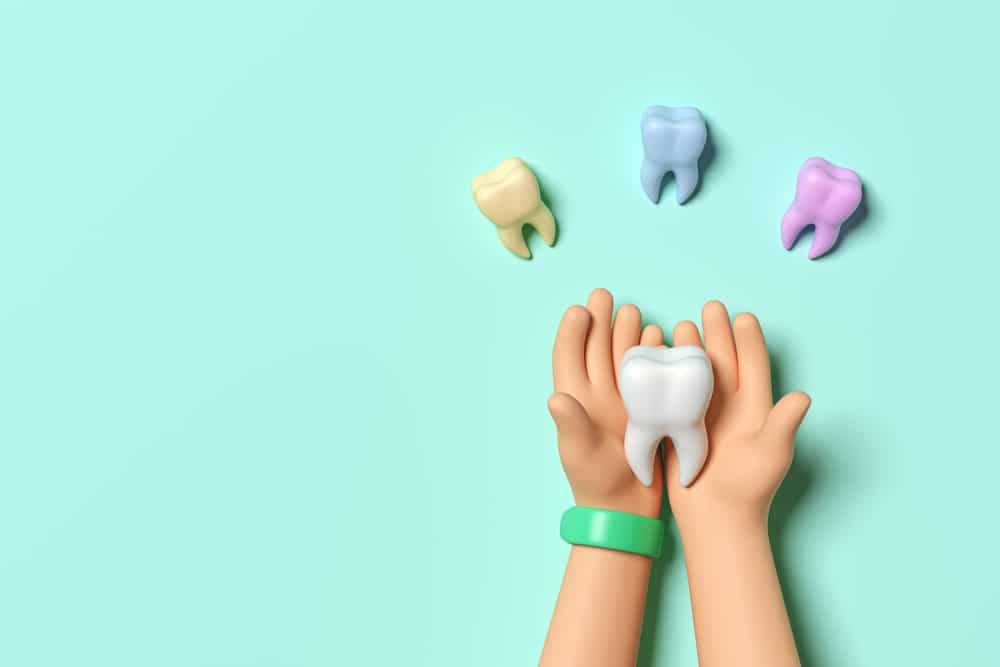Children's dental health is an essential aspect of their overall well-being. One preventative measure that can be administered to protect children's teeth is the application of dental sealants. Dental sealants are a thin, protective coating. It is applied to the chewing surfaces of the molars and premolars, shielding them from decay-causing bacteria and acids. In …
Children’s dental health is an essential aspect of their overall well-being. One preventative measure that can be administered to protect children’s teeth is the application of dental sealants. Dental sealants are a thin, protective coating. It is applied to the chewing surfaces of the molars and premolars, shielding them from decay-causing bacteria and acids. In order to understand the full scope of dental sealants, it is crucial to weigh their advantages and potential drawbacks.
Pros of Dental Sealants
- Prevents Tooth Decay
The dental sealant procedure involves applying a thin layer of plastic-like material on the chewing surfaces of children’s back teeth. The sealant fills in the grooves and pits of the teeth, areas where bacteria and food particles often accumulate. This physical barrier significantly reduces the likelihood of cavities forming, helping children maintain healthier teeth.
2. Non-Invasive Procedure
A crucial advantage of dental sealants is that they are a non-invasive treatment. The process of applying dental sealants during kids’ dental cleaning visits is straightforward, quick, and painless, making it an ideal solution for children who may have fears or anxieties about dental procedures.
3. Cost-Effective
In the long run, dental sealants are a cost-effective method of preventing dental issues. The cost of the dental sealant procedure is significantly lower than the costs associated with treating cavities and potential dental problems that could arise from untreated decay.
4. Long-Lasting Protection
When well cared for, dental sealants can provide protection for several years. This long-lasting nature can reduce the need for frequent dental interventions, contributing to the cost-effectiveness of the treatment and promoting a hassle-free dental treatment plan for children.
5. Improves Oral Health
By preventing tooth decay, dental sealants contribute to overall oral health. A reduction in cavities not only leads to healthier teeth but also decreases the risk of complications such as toothache, tooth loss, and infection.
Cons of Dental Sealants
1. Limited Coverage
Dental sealants are effective at protecting the chewing surfaces of molars and premolars, but they do not extend to the rest of the tooth. Other areas, such as the sides and front of the teeth, remain susceptible to decay and require regular brushing and flossing.
2. Temporary Nature
While dental sealants can last for several years, they are not permanent. They can wear off over time and will need replacement, requiring children to undergo the dental sealant procedure again.
3. Application Process
The effectiveness of dental sealants is dependent on their correct application. An improperly applied sealant may not offer the same level of protection, making the selection of a competent dental professional vital for the procedure.
4. False Sense of Security
Though effective, dental sealants should not replace other oral health practices. Relying solely on them may lead to neglecting vital routines such as regular brushing, flossing, and children’s dental checkup.
Considerations for Parents and Caregivers
Before deciding on dental sealants, parents and caregivers should consult with a dentist to assess their suitability for their child’s specific dental needs. Additionally, it’s crucial to reinforce good oral hygiene practices, including regular brushing and flossing, even with the application of dental sealants.
In conclusion, Dental sealants significantly contribute to the prevention of tooth decay and the enhancement of oral health in children. However, they are not without potential drawbacks. Parents and caregivers must consider these pros and cons and engage in open discussions with their child’s dentist to determine the most effective approach to protect their children’s tiny teeth. Regardless of the chosen path, remember that dental sealants are part of a broader dental treatment plan and should supplement, not replace regular oral care practices.






